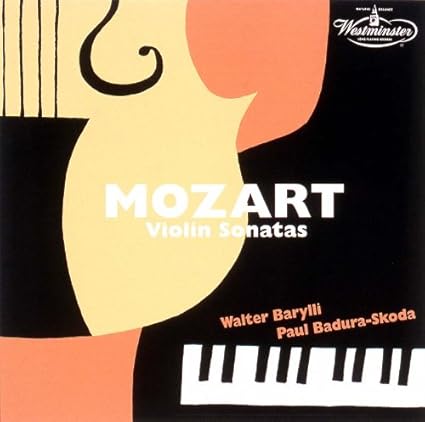=====================================================================
Monthly Theme
This month, in addition to our continuing arc around
concertos and our yearly Lenten Organ series, I will have a Tuesday arc dedicated to the music of Johann Sebastian
Bach, which will be augmented in my monthly “Classical Hubub” with past Bach posts..
- March 6 – Sinfomie Concertanti will present works that could very well be concertos, by Joseph Haydn, Benjamin Britten and Vincent d’Indy. http://itywltmt.blogspot.com/2015/03/sinfonie-concertanti.html
- March 13 – Concerto Solo presents a pair of solo piano pieces that were nicknamed as such by their composers, Charles Alkan and Robert Schumann. http://itywltmt.blogspot.com/2015/03/concerto-solo.html
- March 20 – Concertos without a soloist are works that follow the tried and true formula of the “Concerto Grosso” by Antonio Vivaldi, Igor Stravinsky and Bela Bartok. http://itywltmt.blogspot.com/2015/03/concertos-without-soloist.html
- March 27 – Organ Concertos (a contribution to our Lenten Organ series) are all works that feature the organ accompanied by orchestra from Francis Poulenc, Paul Hindemith and Joseph Jongen. http://itywltmt.blogspot.com/2015/03/organ-concertos.html
- March 3 – Podcast Vault Selection of the Month – the first of two such selections this month provides us the opportunity to reconsider our montage of J. S. Bach’s violin concertos from 2013. We will feature this podcast on our Pod-O-Matic channel until March 30th. http://www.talkclassical.com/blogs/itywltmt/1864-bach-violin-concertos.html
- March 10 – Vinyl’s Revenge – our look at the music of Bach continues with this Archiv Productions disk of four of the great organ toccatas from Bach’s organ catalog, performed by Ton Koopman (a contribution to our Lenten Organ series). http://www.talkclassical.com/blogs/itywltmt/1891-j-s-bach-ton.html
- March 17 – Once Upon the Internet – Bach’s music performed on the great Organo del Sol Mayor, Spain’s largest chirch organ by Pilar Cabrera, Ian Tracey and others (a contribution to our Lenten Organ series). http://www.talkclassical.com/blogs/itywltmt/1904-j-s-bach-en.html
- March 24 – La Chronique du Disque – This month, music featuring organists Marie-Claire Alain and Ton Koopman and pianist Stéphane Lemelin. http://www.talkclassical.com/blogs/itywltmt/1908-la-chronique-du-disque.html
- March 31– Podcast Vault Selection – An “extra” encore podcast, also from 2013, features Marcel Dupré’s momentous Way of the Cross (a contribution to our Lenten Organ series). We will feature this podcast on our Pod-O-Matic channel until April 6. http://www.talkclassical.com/blogs/itywltmt/1922-way-cross.html
This month I am only programming one OTF post,
mid-march, dedicated to Jules Massenet’s opera Hérodiade.
NOTE: Since OTF posts do not get published on set dates, make sure to visit OperaLively regularly or …
Subscribe to our ITYWLTMT Fan Page on Facebook
All of our Tuesday, Friday and ad-hoc posts, as well as OTF and YouTube Channel updates get regularly mentioned (with links) on our Fan Page. If you are a user of Facebook, simply subscribe to get notified so you never miss anything we do!





